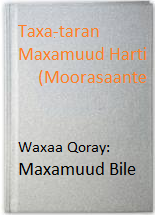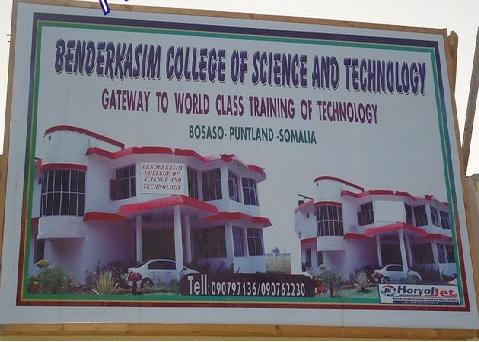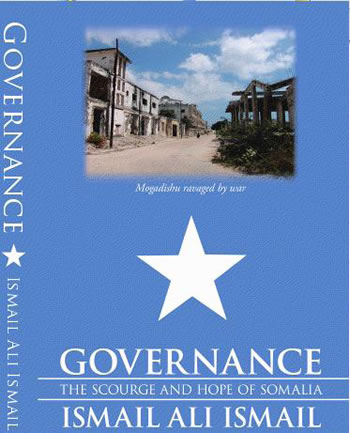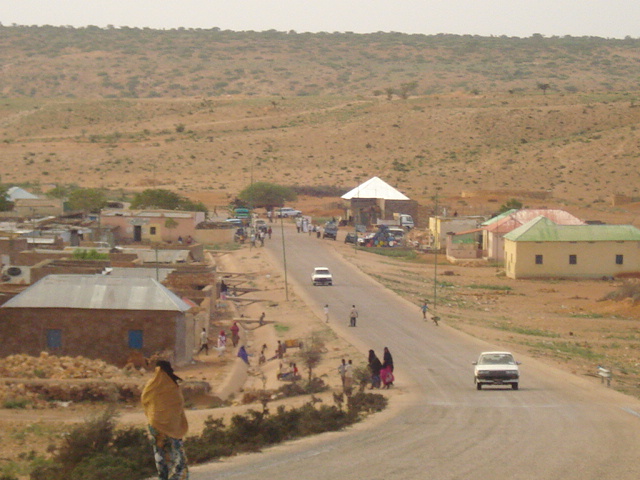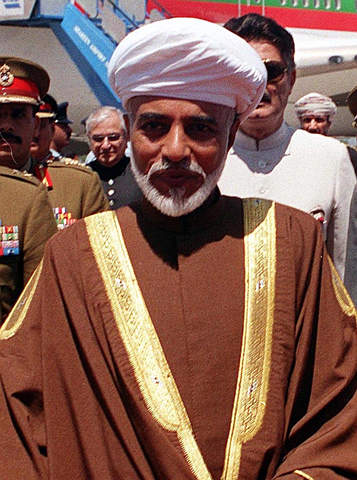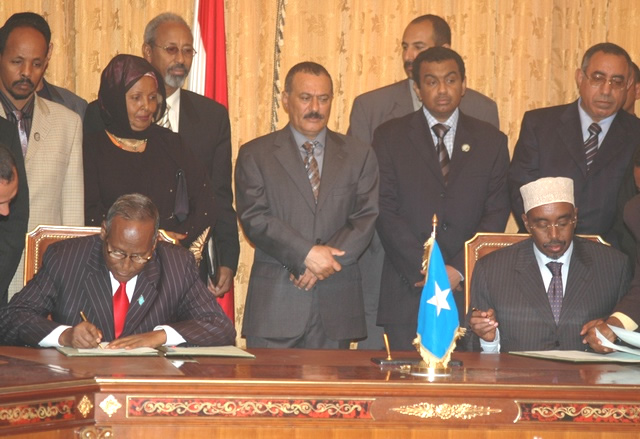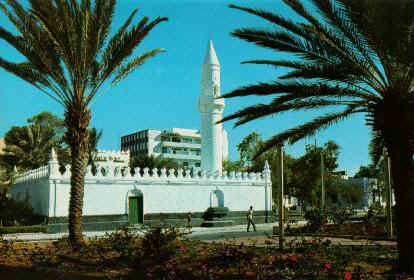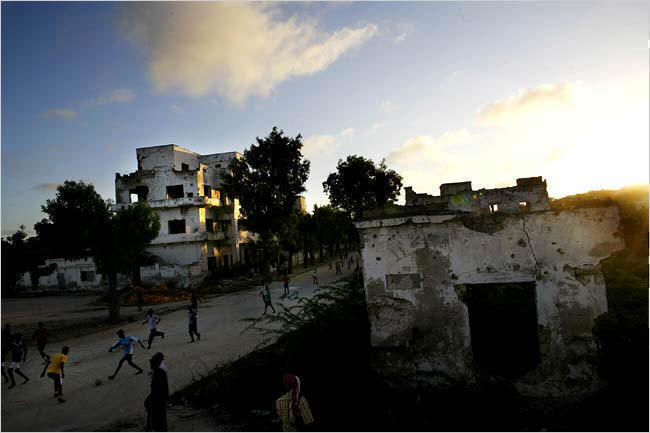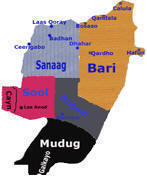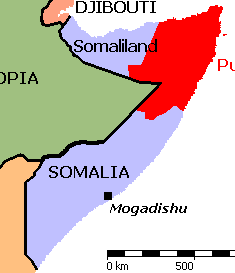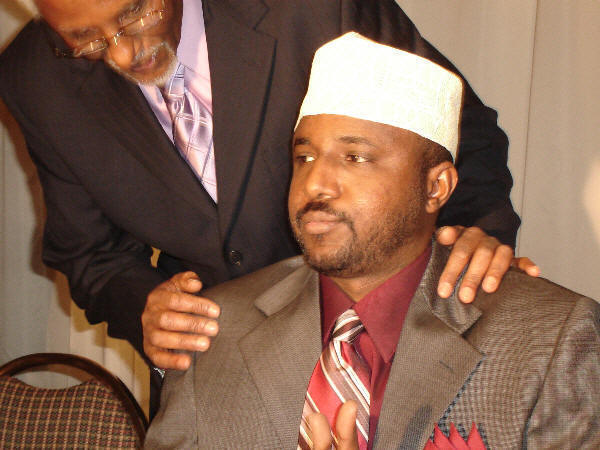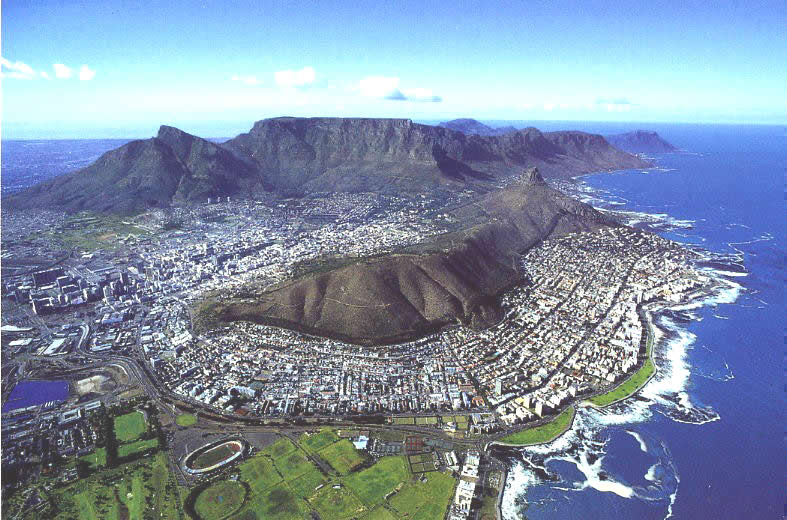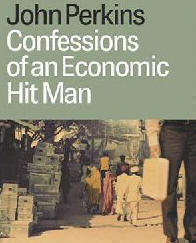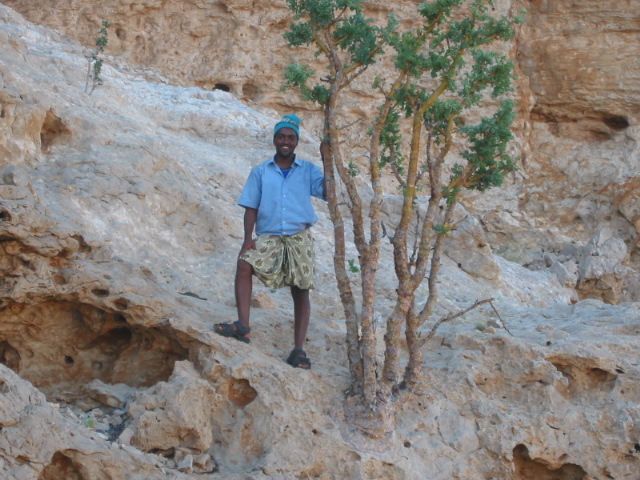|
Part II
Somalia � Realism and Dreams
Africa Confidential, No. 7, pg.3-4
April 02, 1965
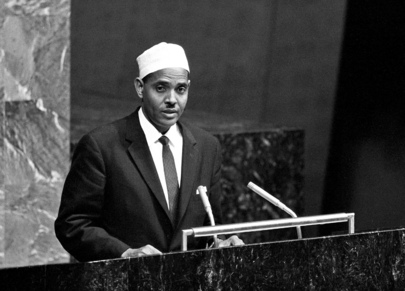
Abdirazak Haji Hussein, Prime Minister of the Somali Republic, addressing the Assembly. October 18, 1966. United Nations, New York.
Diplomatic relations between Great Britain and Somalia are being (almost) invisibly mended. They should, we learn from Mogadishu, be formally resumed within three months or so f all goes smoothly. But this does not mean that the problems which led to the break-off in March 1963 have been settled. At that time there was�as there still is�great resentment towards Britain because Mr. Duncan Sandys did not detach the Somali-inhabited Northern Frontier District from Kenya. However, the Somalis have come to realise that:
(i) THE WEST is not united on its policy towards Somalia, and the Somalis have detected divergencies between the European countries. French and Italian ideas, in particular, sometimes conflict with those of Britain. This is a mirror of the disagreement between Britain and the European Economic Community on association with outside countries�as well as a legacy of past triple division of Somali- land into British, Italian and French units of influence.
(ii) RUSSIAN AID came to them on tile massive scale it has because the USSR wanted to take advantage of the anti-Western climate caused by the NFD and Ogaden disputes. But now the Russians are treading more delicately, having been told bluntly by Kenya and Ethiopia that they were prejudicing relations with them. [Russian aid includes a �I5 m. loan, and commercial credits amounting to another �3 m. for goods bought in Russia. On top of this there is the �11-14 m. offer of military aid, which Somalia accepted last year after turning down US, German and Italian offers of military aid totaling �6.4 m. The Russians have been slow in making weapons deliveries.]
(iii) CHINESE AID was also an attempt to get a strategic foothold�much of what was promised has not yet been given. China now has other, more important territories to concentrate on. It is therefore moving out of Somalia, and there are now fewer Chinese in the country. Tile Russians believe that they have edged their rivals out.
The present famine conditions in Somalia are, however, being met�more happily�by a Red Cross aid programme, distributing rice and maize from Russia, China and the United States.
A correspondent in Mogadishu writes:
To an objective observer, Somalia has stuck to its declared policy of being �friends with all who want to be friends� during its five years of independence. The vision of a �Greater Somalia� is still an ultimate goal, to be reached by peaceful and legal means. But political leaders in Mogadishu, though still advocating territorial expansion more or less loudly in public, will confess in private they do not expect to see the complete unification of all the Somali territories and peoples.
Somalia`s oscillations between East and West have been a means of keeping up with changing Chinese, Russian and Western attitudes�and also a means of making Somalia`s case heard at a time when none of the Great Powers seemed to be taking its particular problems to heart. But they have had their effect:
1. The USSR, the Communist Bloc countries and China have been successful in Somalia [See AFRICA 1964, No. 3]. They have shown interest and given aid without putting too much pressure on the Government. (Up to the end of 1963 USSR non-military aid amounted to about �18.6 m.; Chinese aid to �8 m.; US aid to �13.6m. The USSR and China did not promise further aid in 1964.)
2. Relations between Somalia and the non-communist countries cannot change abruptly or improve noticeably because of the negative attitude which these countries have adopted on problems the Somalis consider vital. Leaving out the question of French Somalia, because it is of secondary importance, the problems of (a) the frontier line drawn arbitrarily by the British in 1950 between Ethiopia and Somalia, and (b) Kenya`s North-East Region, are nowhere near being settled. The Somalis feel the Colonial Office pre-independence report on the NFD did not actually rule out secession. Subsequently the demise of Kenya`s �regional� constitution has removed the alternative of regional autonomy. There is no choice now except direct Nairobi rule or secession for the Somali- speaking areas of Kenya.
3. The Somali Government has on several occasions declared its readiness to negotiate with Ethiopia and Kenya. Only this week it tried again, just after (a) the recent Ethiopian army attacks on Somali nomads and the sealing up of wells in the border area; (b) Dr. Mungai, Kenya`s Defence Minister`s statement in the Assembly that the North-East Region was part of Kenya and the Kenyan Government would therefore not accept negotiating with any other country on the issue. But the failed negotiations of August 1963 and the equal failure of the Organisation of African Unity have been major setbacks. Both sides know that in Africa, behind the delicate structures of independence, lie the conflicting interests of the major powers and blocs. Kikuyu nationalism can be whipped up over an area in which the Kikuyu would never wish to live. Similarly, in the Ogaden, the Emperor of Ethiopia is trying to practise a grand policy of assimilation in an area where, before the last World War, no one ever saw an Ethiopian family. The Somalis argue that they have the right�as much as the Kenyans and Ethiopians�of creating a great state of their own in this part of the world.
Somalia: Still odd-man out
Africa Confidential, No. 7, pg.5-6
January 07, 1966
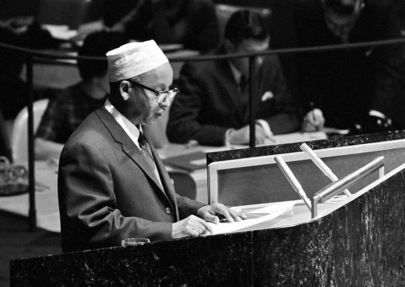
Following the admission of Tanganyika, welcoming statements were made by a number of representatives, among them Mr. Hagi Farah Ali Omar, of Somalia, who is seen here as he welcomed the new Member. December 14, 1961. United Nations, New York.
Somalia continues to conduct its affairs with a haughty contempt for its neighbours, while most Western and Eastern powers alike approach Somali affairs very gingerly.
Italy, the ex-coloniser, is the only firm friend this temperamental pastoral democracy appears to have in the world. There are at present over 3,000 Italians permanently settled in Somalia. (In 1939, there were 20,000 of them in Mogadishu alone out of the then total city population of 50,000) Last July, Somali Premier Abdirizak Hajj Hussain discussed in Rome the possibility of engaging, on long-term contracts, unspecified but substantial numbers of Italian qualified workers and technicians. It was suggested this should be under the auspices of the Italian Government. The biggest single economic enterprise in the country, the sugar plantations at Jowhar, is run by an Italian and largely staffed by Italian specialists. It covers 8,000 hectares and employs over 5,000 Somali workers. It also provides the bulk of the yearly exportable crop of 150,000 quintals of sugar (1 quintal=100 kilogrammes), one of the main sources of hard currency for the country. Indirect taxation still provides more than 8o per cent of the revenue of the Somali state. Half of the 70 doctors practising in the country are Italian, so is an even larger percentage of the teaching staff of the University College of Mogadishu, which offers a two-year degree course sponsored by Rome University. Italian is one of the official languages of the Somali Republic (with Somali, Arabic and English). It is generally spoken by the Somali intelligentsia who have adopted many Italian ways.
Financially, Somalia could not survive without the yearly Italian grant-in-aid. It amounts to 2 billion lire each year and covers both the endemic budgetary deficiency, and Italy`s contribution to the Five Year Development Plan, 1963-1967. The main current hopes for development and diversification of the Somali economy are pinned on Italy. Somalia hopes to find an outlet there for its surplus sugar at a preferential price of 94 shillings per quintal. It aims to supply 6 per cent of the yearly requirement of 4 m. quintals which Italy obtains at present from Cuba and Brazil. Another commodity which could be sold in the Italian market is meat. The huge uneconomic and underfed herds of Somali cattle could possibly be turned into an asset. The fiat of the Italian Ministry of Health is needed. So is some thinking about the elementary logistics of cattle drives across the desert to the embarcation points on the Somali coast. Beef in Mogadishu fetched 300 lire per kilo, as against 2,000 lire anywhere in Italy. Finally, the Italian Government is to expand the capacity of the salt pan at Ras Hafun, a project of particular importance for the predominantly nomadic Somali society.
RUSSIA: The Russians did much better than the Chinese in their attempt to replace the West as the main source of aid [ See AFRICA 1965 No. 7]. This year, as a gesture, a mass excursion of some 400 Soviet tourists is expected in Mogadishu. In the reverse direction, there are at present some 600 young Somalis studying in the USSR of which about x are in various military schools. But a number of the highly propagandised clashes between Africans and Soviet natives involved Somalis. Last autumn, for example, the Somali Ministry of Information denied that there was any truth in the story of a Russian girl falling to her death from a flat occupied by two Somali diplomats in Moscow. Yet, a few weeks later, TASS reported that a First Secretary of the Somali Embassy and two Somali students were implicated in unspecified criminal activities, and that they had been handed over to Somali authorities for investigation and prosecution.
The biggest contribution of the Soviet Union was the undertaking to train and equip the Somali Army. When Italy withdrew its military mission from Mogadishu under pressure from Addis Ababa, and no other candidates for the task could be found in the West, the Russians took over. So far the Soviet efforts in this field are small, although they promised equipment worth up to m., and provided a dozen MiG 15 fighters.
The Soviet Union also subscribed some �15 m. towards the Five Year Development Plan. The Mogadishu dairy plant was built by the Russians (it broke down in mid-December and �American sabotage� was hinted at). And two Soviet ships have arrived with machinery for the meat cannery at Las Koreh. As for the Chinese, the number of their diplomats in Mogadishu has been drastically reduced and most of those who remain are kept incommunicado within the embassy compound.
THE AMERICANS failed to find exploitable oil after twenty years` efforts in the Somali subsoil, and their prestige has consequently (and unfairly) suffered. Furthermore, they have too many connections with Ethiopia to be popular in Mogadishu. But, with their aid, the first stage of the port at Kisimayu was officially opened last September. It is of considerable significance to the development of Southern Somalia, with its berths for four vessels, and refrigerated warehouses. But in Mogadishu American influence is nil. So is that of the French�a �Somali Coast Liberation Front� is sponsored by the Mogadishu Government, Jibuti being one of the three �separated Somali territories.� The British are reviled with monotonous regularity, and the promise of re-opened diplomatic negotiations is still unfulfilled.
KENYA: The Kenyan-Somali summit conference at Arusha broke down on December 13. It was convened to settle once and for all the problem of Kenya`s North-East Region. Mr. Joe Murumbi, the Kenyan Minister for External Affairs, said bluntly that Kenya would defend its territorial integrity by every means. Thereupon, President Osman Aden and his suite proceeded somewhat ingenuously on a state visit to Dar-es-Salaam. The agreement to halt the radio war with Ethiopia is an advance. But neither with Kenya nor Ethiopia is there yet any sign of a tension-releasing settlement.
Read: Part I, Part III, Part IV, Part V
Compiled by:
Roobdoon Forum
Toronto, Canada
Related Articles:
Somali Independence Week Series � Part I
Somali Independence Week Series � Part II
|





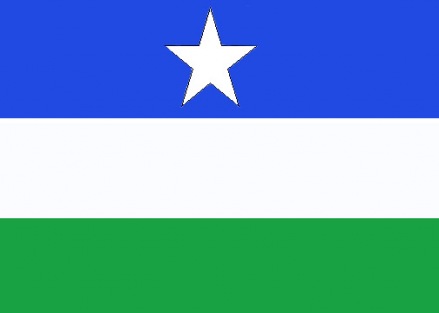
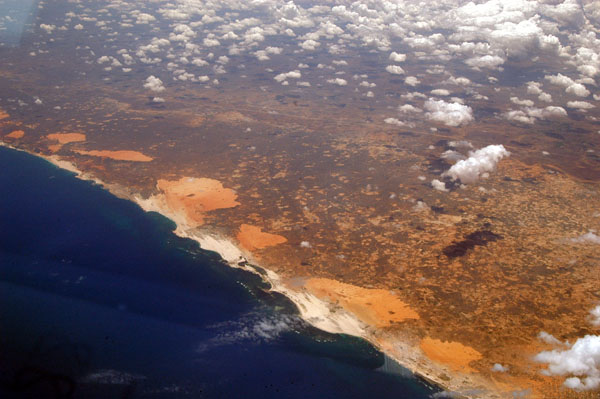
.jpg)
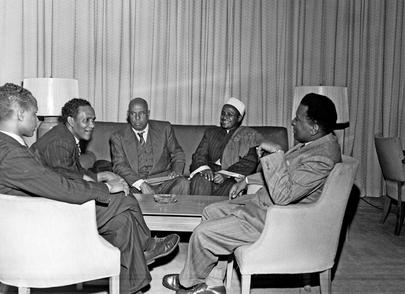
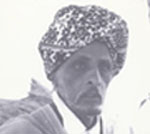

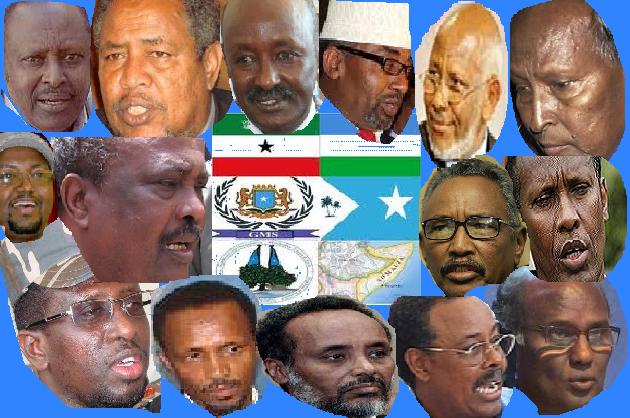
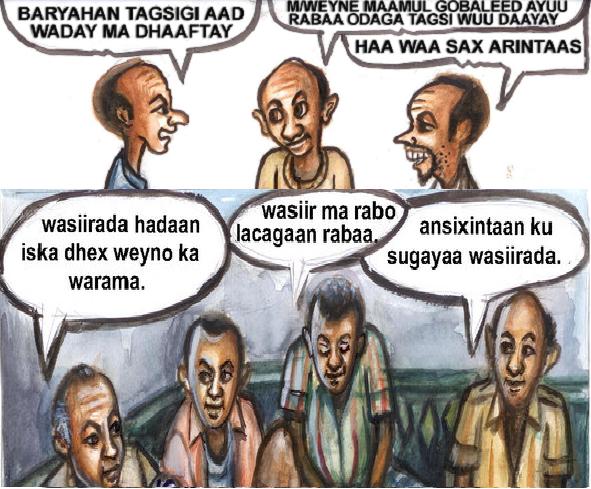
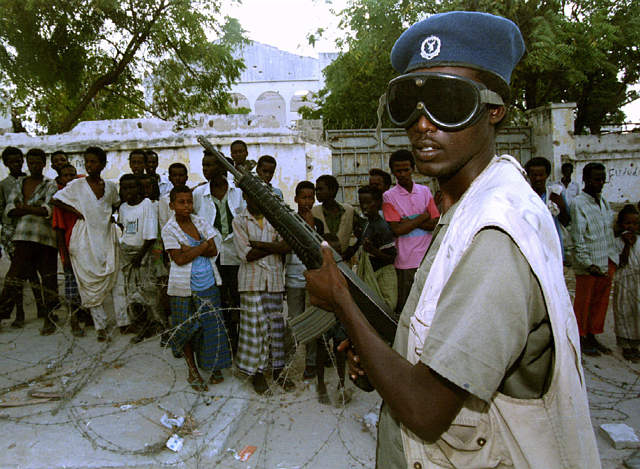

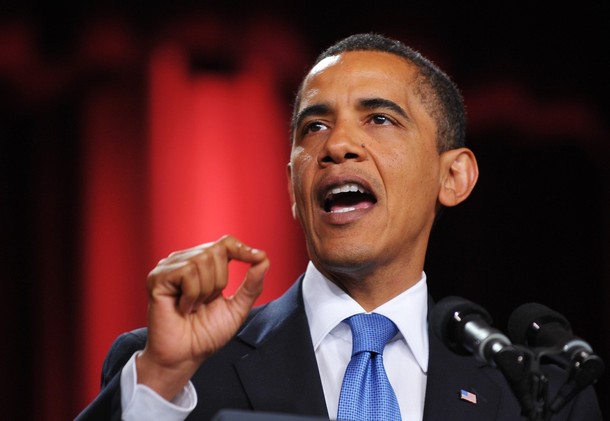
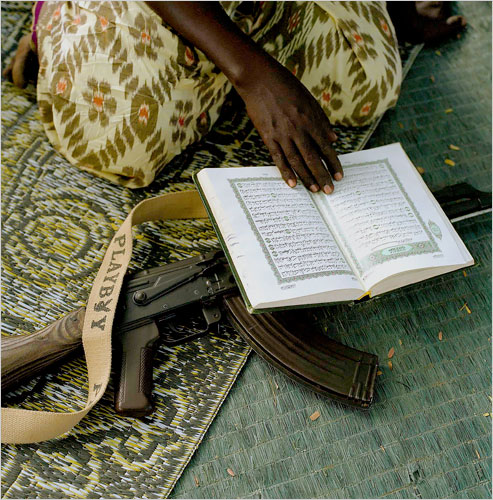

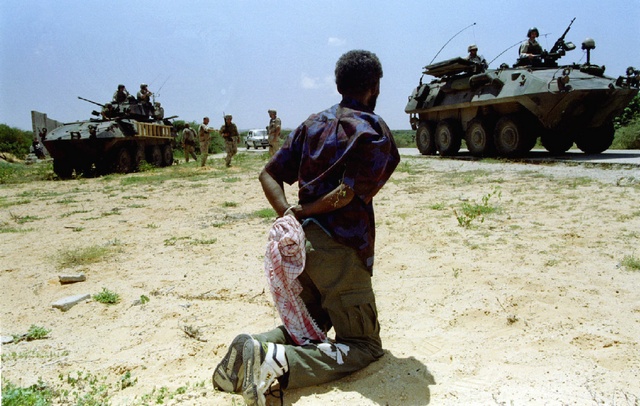
.jpg)
